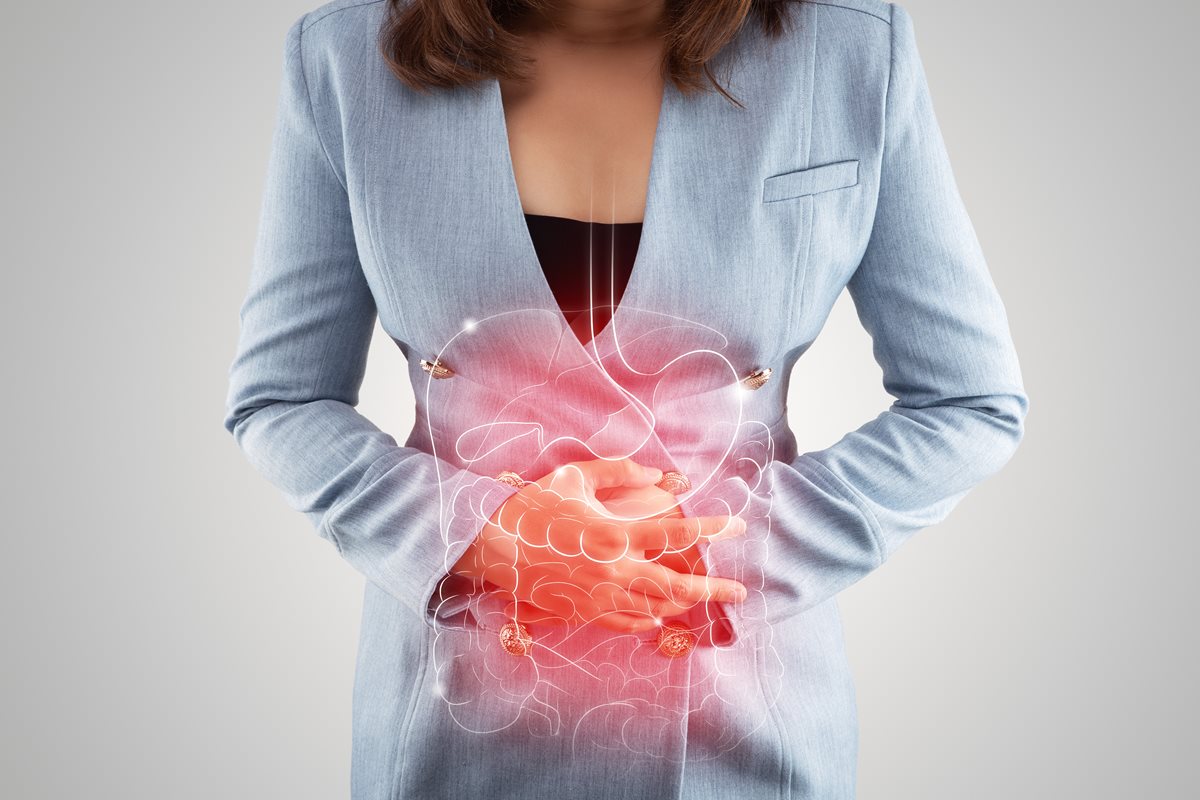SPICE, PICKLES FOR LEG CRAMPS... Can it be that simple?
Most people have experienced muscle cramps, usually in the form of leg cramps. Surveys suggest that one-third of adults over 60 years old and half of those over 80 experience muscle cramps, some reporting symptoms for ten years or longer. They strike without warning, often in the night, and usually, slowly respond as one keeps the extremity involved on stretch until the cramps subside. Extrapolating from the experiences of athletes who get exercise-induced cramps and people with peripheral vascular disease who get activity-related cramps, one would assume that muscle cramps must represent muscle fatigue, electrolyte imbalance, or tissue ischemia. Yet, many muscle cramps occur temporally distant from any physical exertion and often when hydration is not an issue. And for many athletes, hydration or electrolyte solutions have failed to prevent or adequately treat their occurrence.
Can your palate fix your leg cramps? The Wall Street Journal (WSJ) usually is not one’s initial go-to medical source for explaining complex health issues. Yet, on July 11, 2016, Matthew Futterman reported on the unique pursuit by neurobiologist, biophysicist, and Noble prizewinner, Rod MacKinnon, and his colleague, neurobiologist, Bruce Bean, to rethink this common yet poorly understood phenomenon. If dehydration and electrolyte abnormalities were not the cause, could it be that overstimulation of motor neurons serving the muscles could explain a muscle cramp? Further, they hypothesized that introducing a strong sensory input might inhibit or even block the motor output affecting the muscle. After a series of studies and with input from athletes, the researchers concluded that a spicy drink might provide the strong sensory input they were seeking. Since the ameliorating effect of this strong sensory input occurs within seconds to minutes after the spicy drink is ingested, the sensory trigger must originate in the palate or posterior esophagus.
MacKinnon and Bean found that stimulation of the transient receptor potential ion channels (TRP) and acid-sensing ion channels (ASIC) with strong spices or acids (acetic acid in vinegar in pickle juice) in the palate and esophagus causes a sensory overload that can then block the motor neuron overstimulation which causes the muscle to cramp. It turns out that there are several kinds of TRP channels that respond to different molecular stimuli including acid, pungent spices (ginger, allicin in garlic, and cinnamon), and hot spices (capsaicin in chili peppers and allyl isothiocyanate in wasabi). Drs. MacKinnon and Bean subsequently helped start a new company producing a liquid drink containing ginger, cinnamon, and capsicum to prevent and treat muscle cramps.
Further validation of this phenomenon resulted from other studies of athletes. In one study, on two separate days one week apart, mildly dehydrated male athletes were subjected each day to two episodes of muscle cramps induced by tibial nerve stimulation with each episode separated by 30 minutes. On the second study day, the athletes were given either deionized water or dill pickle juice immediately after the second cramp. While on the first study day, the duration of the two cramp episodes was similar, on the second study day, the muscle cramp duration for those athletes given pickle juice was shorter (49 seconds) than for those given water (85 seconds), yet no changes in blood chemistries were seen in either group. In a follow-up study of mildly dehydrated athletes who were administered pickle juice or mustard (a second spicy ingredient that some have found effective against muscle cramps), none of the study participants demonstrated any changes in blood chemistries. This provided further evidence that any muscle cramp-blocking effect of these spices is localized.
Anecdotes on cures and prevention of muscle cramps abound. Midwifery literature is replete with advice that pregnant women should ingest pickle juice to prevent muscle cramps. I add my own personal experience. In the midst of a 3 a.m. muscle cramp, after having read this article, I stumbled to the refrigerator where I found a large jar of dill pickles. Quickly pouring pickle juice into a small glass, I reluctantly, but quickly, drank it. Within 30 seconds, the cramp was completely gone. Later that day, I recounted this episode to one of my patients, a 77-year-old woman whose husband is undergoing dialysis. She smiled at my story only to relate that during dialysis treatment her husband suffered severe muscle cramps until a patient in the next cubical told him to “eat a pickle.” He has religiously employed this advice and has not had a single dialysis-induced muscle cramp since.
The health field is portrayed as an impenetrable forest of facts too complicated for the average person to understand. In this case, the keen eye and inquisitive approach by two esteemed scientists may have explained and confirmed the folklore cure for one of the most common yet irritating events in life.
By James Woods, M.D., and Elizabeth Warner, M.D.
James Woods | 11/15/2016

